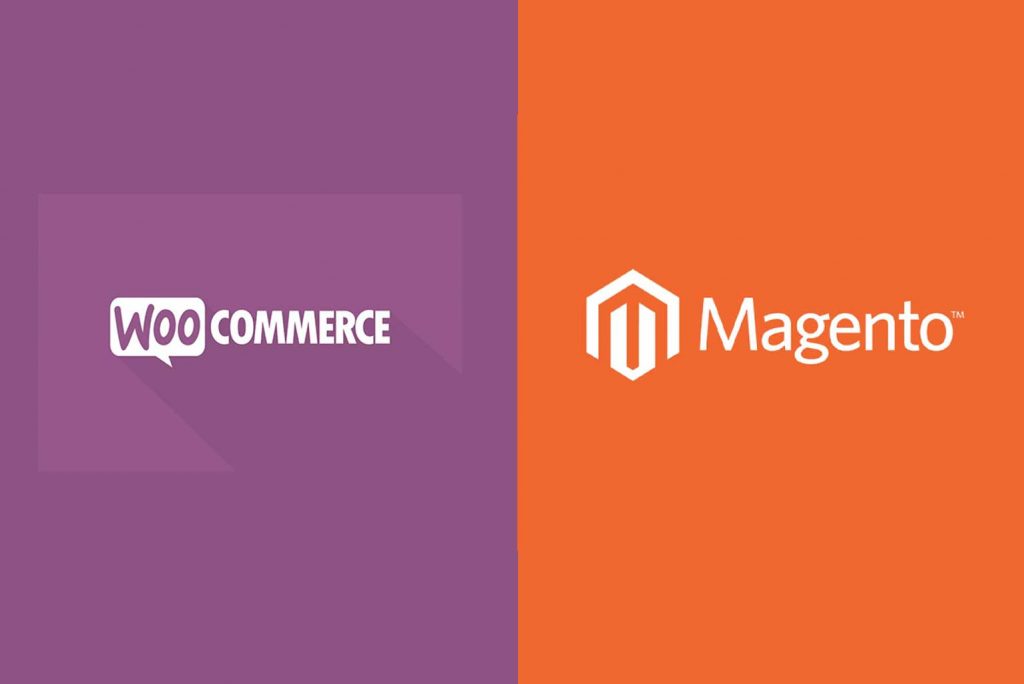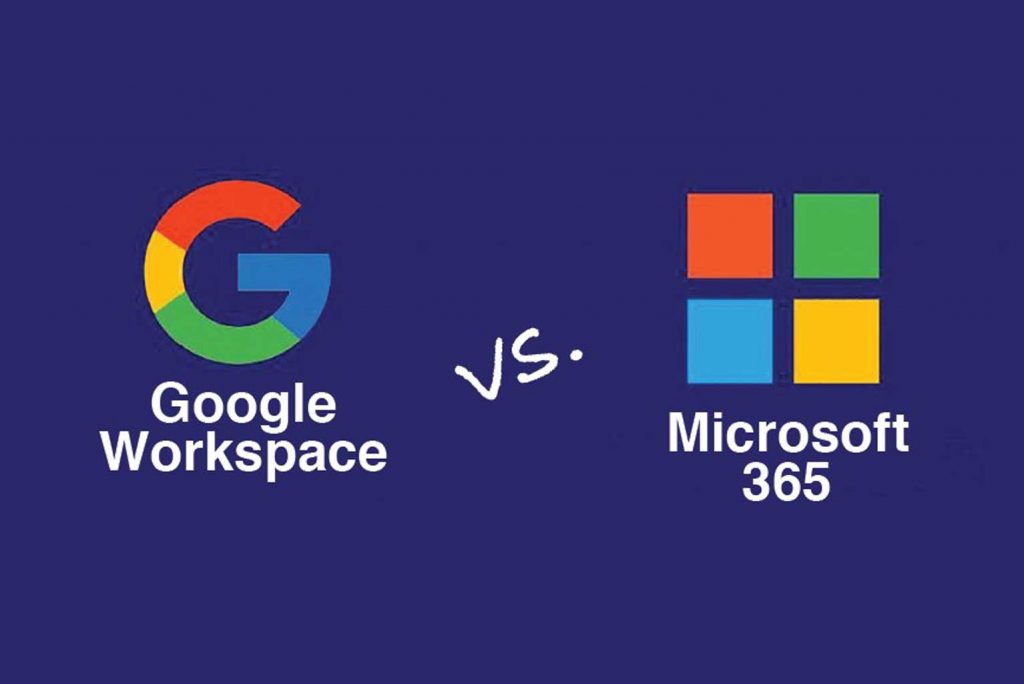When it comes to choosing an e-commerce platform, two of the most popular options are WooCommerce and Magento. Both platforms are open-source, meaning they are free to use and can be customized to suit the needs of your business. However, there are some key differences between the two platforms that you should consider before making your choice.
WooCommerce
WooCommerce is a plugin for WordPress, the world’s most popular content management system. This means that if you already have a WordPress site, adding e-commerce functionality with WooCommerce is relatively easy. In fact, WooCommerce is the most popular e-commerce platform in the world, powering over 30% of all online stores.
One of the key advantages of WooCommerce is its ease of use. The plugin is designed to be user-friendly, with a simple interface that makes it easy to manage products, orders, and customers. In addition, WooCommerce has a large community of developers and users, which means there are many resources available for troubleshooting and customization.
Another advantage of WooCommerce is its flexibility. Because it is built on WordPress, WooCommerce can be easily customized using a variety of plugins and themes. This means that you can create a unique online store that reflects your brand and meets your specific needs. WooCommerce also offers a range of payment gateways and shipping options, making it easy to manage the financial aspects of your business.
However, there are some limitations to WooCommerce. Because it is a plugin for WordPress, it may not be suitable for larger businesses with complex e-commerce needs. In addition, while WooCommerce itself is free, you may need to purchase additional plugins or themes to get the functionality you need.
Magento
Magento is a standalone e-commerce platform that is designed specifically for online stores. It is the second most popular e-commerce platform in the world, after WooCommerce. Magento is known for its scalability and flexibility, making it a popular choice for larger businesses with complex e-commerce needs.
One of the key advantages of Magento is its scalability. The platform can handle large numbers of products, customers, and orders, making it suitable for businesses of all sizes. In addition, Magento offers a wide range of features, including advanced marketing and SEO tools, multi-store management, and extensive customization options.
Another advantage of Magento is its open-source nature. This means that you can customize the platform to suit the needs of your business, whether that means adding new features or integrating with other software. Magento also has a large community of developers and users, which means there are many resources available for troubleshooting and customization.
However, there are some downsides to Magento. Because it is a standalone platform, it can be more complex to set up and use than WooCommerce. In addition, Magento is more resource-intensive than other e-commerce platforms, which means it may require more powerful hosting and server infrastructure.
Which Platform is Right for You?
Ultimately, the choice between WooCommerce and Magento depends on the specific needs of your business. If you are looking for a user-friendly e-commerce platform that is easy to set up and customize, WooCommerce may be the best choice. On the other hand, if you are looking for a scalable platform with advanced features and customization options, Magento may be the better option.
Both WooCommerce and Magento are powerful e-commerce platforms that can help you create a successful online store. By carefully considering the strengths and limitations of each platform, you can make an informed decision about which one is right for your business.





